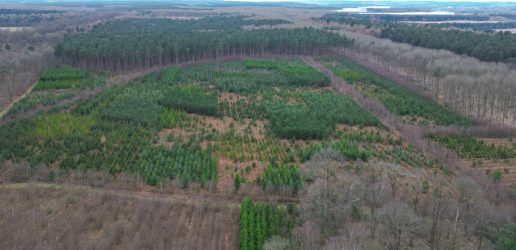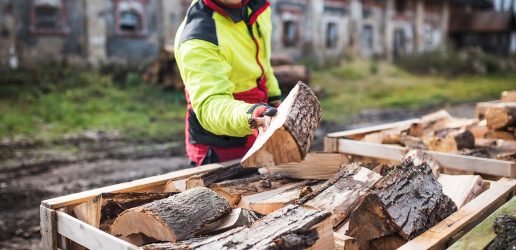Climate models predict that, in the future, droughts will become more frequent and more severe. Drought can lead to reduced tree growth, crown dieback and increased tree mortality, especially for recently planted trees, as well as a greater risk of wildfire and pest and disease outbreaks.
Two new videos by Forest Research have been released to help build awareness of drought risk amongst landowners and land managers. They also highlight the research taking place to improve our understanding of drought, in order to inform future forestry guidance.
Drought Risk and Impacts
In our new ‘Drought Risk and Impacts’ video, we discuss the impact of drought on the productivity of our forests and woodlands, how trees cope under drought conditions and how future drought impacts can be reduced through the adaptive management decisions we make today.
Behind the Scenes – Informing Drought Guidance
Drought research is ongoing, and you can gain an insight into the work of Forest Research scientists in our new ‘Behind the Scenes – Informing Drought Guidance’ video. Find out how we are using the latest state-of-the-art equipment to assess the impact of the changing climate and inform drought management strategies. Also discover how dendrochronology provides a window to historic tree response to drought events and helps modelling of future tree growth. Dendrochronology uses the information in the tree rings and the exact year they were formed in the tree to provide data on tree growth changes which can then be related to climate and atmospheric conditions during different previous periods.
Mike Perks, Forest Research Principal Scientist said, “We’re increasingly experiencing warmer temperatures and drier summers here in the UK, resulting in more extreme drought and heatwaves. These events, which are no longer unusual or unexpected, increase water stress in our trees.
“But there are adaptation measures that can be put in place to help increase woodland resilience. Having an up-to-date management plan to help manage risks associated with drought is vital. The decisions we make today will influence our woodlands’ ability to cope with the changing climate in the future, and drought research is helping to improve our understanding and guidance.”
To find out more about drought risk and the adaptation measures that can help mitigate drought impacts, visit Drought – Forest Research on the Forest Research Climate Change Hub.
The Climate Change Hub brings together information about the effects of climate change on UK woodlands and provides guidance for practitioners to adapt their woodlands to increase resilience.
Recent News
View All news
Seventeen coniferous tree species show early promise for future commercial timber production in the UK
Researchers have set up a network of nine large scale experiments across the UK to test the suitability of 17 tree species as potential alternatives for future commercial timber production.
Forest Research are looking for people involved in the harvesting, processing, transport, import, or trade of firewood in Scotland to complete an important survey.

New guide to help local authorities conduct a people survey on the social value of their treescapes
A new step-by-step guide to help local authorities, charities and civic societies carry out a people survey to understand social and cultural values related to trees in their area, is now available.

Seventeen coniferous tree species show early promise for future commercial timber production in the UK
Researchers have set up a network of nine large scale experiments across the UK to test the suitability of 17 tree species as potential alternatives for future commercial timber production.
Forest Research are looking for people involved in the harvesting, processing, transport, import, or trade of firewood in Scotland to complete an important survey.

New guide to help local authorities conduct a people survey on the social value of their treescapes
A new step-by-step guide to help local authorities, charities and civic societies carry out a people survey to understand social and cultural values related to trees in their area, is now available.

